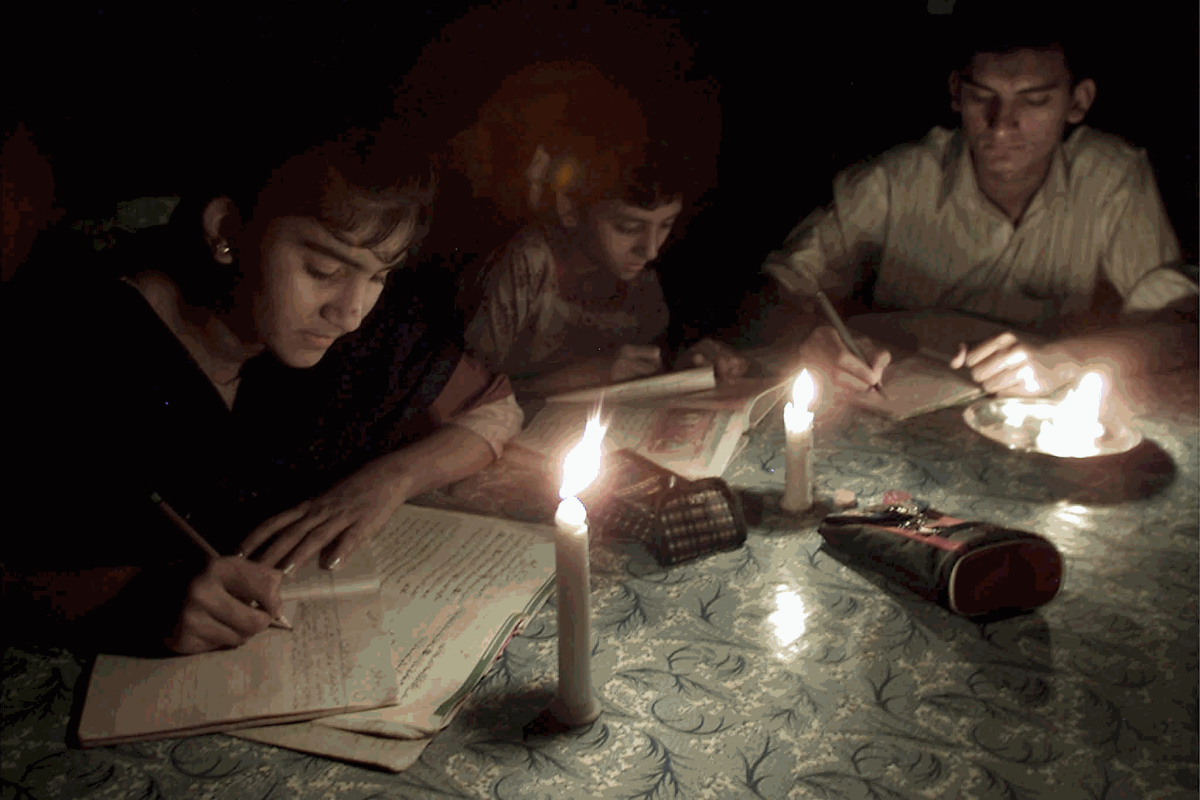Although terrorism is a major threat in Pakistan that threatens the lives of thousands of people, Khawaja Muhammad Asif, Pakistan’s Minister for Water and Power, calls Pakistan’s Energy Crisis “a bigger challenge than even terrorism.”
Pakistan’s current energy facilities can only provide about half the electricity its population and industries need. There are both planned and unplanned power outages that can last up to twenty-two hours per day. It is estimated that these power outages cost the country billions of dollars in productivity. As a result, generators are a symbol of wealth in Pakistan, as are batteries. When there is power, time passes quickly. The heat makes time go slowly and causes steep drops in productivity.
The causes for the power outages include a lack of economic capital, lack of technology, an increasing population, and poor management decisions. Although Pakistan has ample energy potential in coal, hydroelectric, and wind power, it relies largely on expensive oil imports to provide its power. In fact, over 30% of Pakistan’s power is from the burning of imported furnace oil. Rising oil prices have resulted in the weakening of Pakistan’s currency, further increasing the price of keeping the power on. Furthermore, Pakistan lacks the capital and technology to harness its own energy resources. The country’s GDP growth is only around 3%, too slow to help the economy. To make matters worse, violence around the country has forced the government to allocate about one-fifth of its funds to the military, capital that could be used for the energy infrastructure. Pakistan can neither afford to keep electricity flowing using the current system nor pay to develop alternative sources of energy.
Theft and debt have exacerbated Pakistan’s ability to pay its power bills. Ordinary citizens rig power meters to charge lower prices, illegally attach wires to power lines, and pay some private sector businesspeople in advance for more than double the amount of electricity they provide. 80-year-old Pakistani Citizen Haji Umer asserts, “It’s so hot and dark inside . . . We don’t have any choice.” The Pakistani government is also subsidizing the cost of electricity, keeping the price below the cost of production. There is a “circular debt” of $5 Billion, which is explained in the diagram below. Essentially, energy generation companies owe the oil importers money, the distribution companies owe money to the energy generation companies, and consumers owe the distribution companies money. Consumer defaulters include those from the government (The Presidential Residence and Supreme Court) and the private sector.

The Energy Crisis understandably has a large impact on the nation’s politics. Prime Minister Nawaz Sharif was elected after promising a “bright Pakistan”, and has asked every visitor to the country for help. His government is currently making deals with India and Iran to develop their energy infrastructure. India has offered to sell power to Pakistan, and Iran is constructing a gas pipeline into Pakistan. Pakistan’s deal with Iran has angered countries including the United States and Saudi Arabia. However, Sharif states that “The U.S. must consider that we’re going through a very tough time . . . We do not have choices. If the international community doesn’t want us to deal with the Iranians then they should have given us some alternatives.” The United States has spent about $250 million on infrastructure aid to Pakistan, providing about 900 MW of power, though not enough to stop the deals with Iran.
The electoral fate of government politicians is tied to the way they deal with the energy crisis. If they succeed, they may be become national heroes. If they fail, they will be elected out of power.
Asif claims, “If we do not solve the energy problem in the next three or four years, [Pakistan] won’t be safe . . . This is very critical to our survival.”
Hari Ravichandran





























